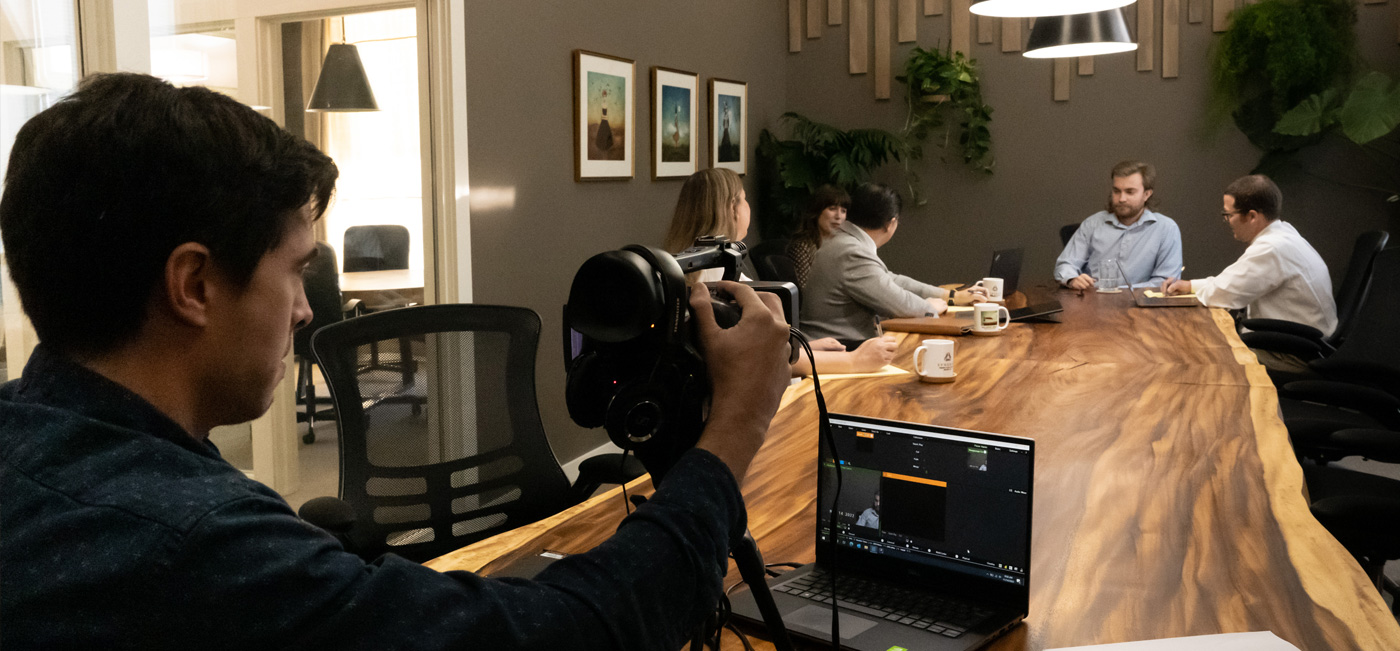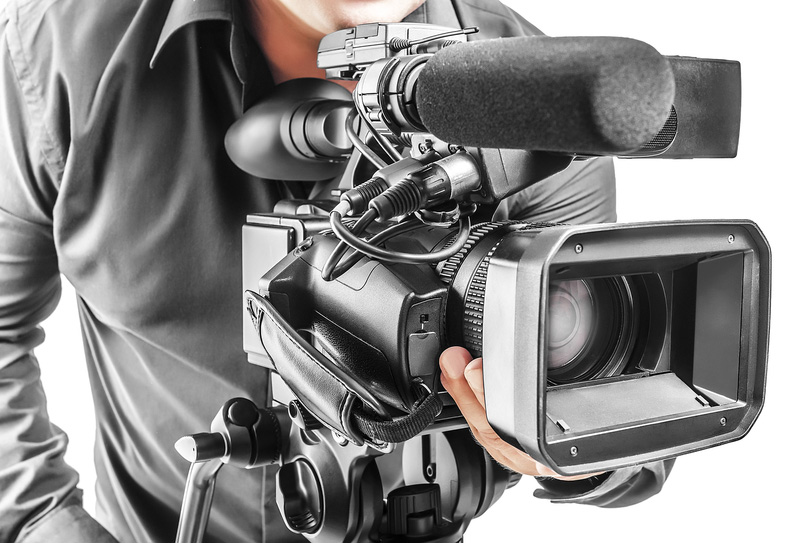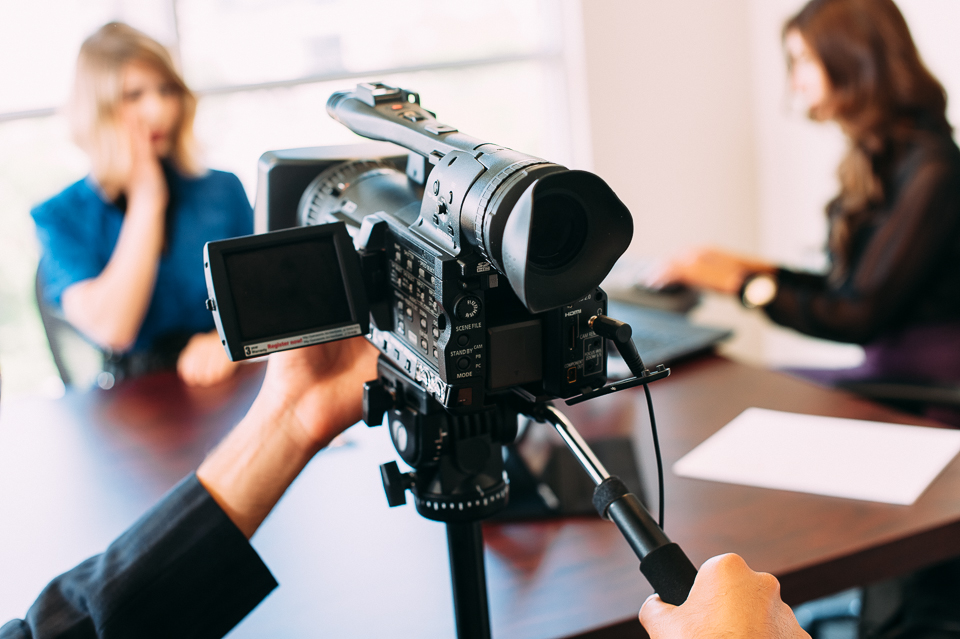Recognizing the Influence of Legal Videography on Instance Outcomes
Recognizing the Influence of Legal Videography on Instance Outcomes
Blog Article
Looking Into the Mechanisms of Legal Videography: Introduction Its Operation in Safeguarding Authentic Visual Testament for Judicial Proceedings
In the realm of judicial proceedings, the function of lawful videography stands as a foundation in maintaining and presenting visual evidence. As modern technology remains to advancement, the devices behind legal videography have actually come to be increasingly complex, using a crucial layer of credibility to testimonies captured on video clip. By diving into the operational details of lawful videography, one can reveal the precise processes that guard the stability of visual proof offered in courts - Legal Videography. This exploration not only loses light on the historic advancement of legal videography but additionally hints at the future trends that may additionally transform exactly how visual testaments are promoted in the world of justice.
Historical Development of Lawful Videography
Examining the historic development of lawful videography discloses a significant improvement in the catching and presentation of visual evidence within the lawful landscape. In the past, lawful proceedings greatly depended on written transcripts and photos to record occasions and provide evidence. With the development of video technology, the lawful sector saw a standard change in just how aesthetic testimony was recorded and presented.
The advancement of lawful videography can be traced back to the late 20th century when improvements in video clip recording tools made it much more obtainable for usage in court rooms. This technological advancement not just improved the precision and dependability of visual proof however additionally reinvented the means instances existed to discretionary (Legal Videography). Lawyers started to acknowledge the persuasive power of video recordings in conveying emotions, nuances, and non-verbal signs that created photos or records alone could not capture successfully

Technology Innovations in Video Documents
What key technological developments have revolutionized video clip documentation in the legal field? The legal field has actually seen substantial improvements in video clip paperwork innovation that have enhanced the credibility and dependability of aesthetic evidence in judicial proceedings. Among the vital innovations is high-definition (HD) video clip recording capabilities, which provide crystal-clear images and sharp details that are important for properly catching testimonies, faces, and other aesthetic cues. Additionally, the assimilation of timestamping and metadata attributes in video documentation tools has enabled exact documents of when and where the video clip was taped, guaranteeing the honesty of the proof provided in court.
Moreover, improvements in video encryption and watermarking technologies have actually strengthened the safety and security and tamper-proof nature of video clip evidence, safeguarding it versus unauthorized alterations or meddling. The advent of cloud storage space services and remote access capabilities has structured the storage, access, and sharing of video evidence, helping with seamless cooperation among legal specialists and making certain reliable accessibility to critical aesthetic testimonies when needed. These technological advancements in video clip documentation have certainly transformed the legal field, improving the accuracy, reputation, and admissibility of visual proof in judicial process.
Role of Legal Videographers in Courtroom Settings
The advancement of video clip documentation modern technology in the legal area has actually necessitated an important role for lawful videographers in court setups, making sure the honesty and reliability of visual statements presented during judicial process. Lawful videographers play a fundamental role in catching and maintaining accurate aesthetic evidence that can click this link be critical in court situations. Their duty includes establishing up devices, videotaping procedures, and creating premium video clips that properly mirror the occasions in the court room.
In court room settings, lawful videographers need to stick to rigorous standards and requirements to preserve the credibility of the aesthetic document. They must have an eager eye for information and an extensive understanding of lawful procedures to make sure that the video they catch is a true representation of the events that took place. Additionally, legal videographers typically function closely with lawful groups to make sure that the video evidence lines up with the situation's demands and can be efficiently provided in court to sustain the lawful disagreements being made. On the whole, the duty of lawful videographers in court settings is crucial in maintaining the concepts of justice and ensuring the transparency of legal proceedings.

Ensuring Admissibility and Integrity of Video Clip Evidence
To keep the reputation of aesthetic evidence presented in legal procedures, making certain the admissibility and stability of video clip evidence is a crucial responsibility for lawful videographers. Admissibility refers to the acceptance of proof by the court, and for video clip proof to be permissible, it should fulfill certain requirements. Lawful videographers play an important function in ensuring that the video clips they capture adhere to the regulations of proof, such as credibility, reliability, and importance.
Stability of video clip proof includes keeping the creativity and precision of the video from the time it is videotaped up until it exists in court. This consists of firmly saving the video files, recording the chain of wardship, and protecting against any type of tampering or modifications. Lawful videographers should stick to rigorous protocols to ensure the integrity of the video evidence and protect against any kind of challenges to its authenticity.
Future Trends in Legal Videography
Offered the raising reliance on modern technology in lawful procedures, legal videographers are poised to accept cutting-edge innovations shaping the future of visual testament capture and discussion. One of the famous trends coming up is the integration of online truth (VR) and boosted truth (AR) technologies right into legal videography. These innovations have the prospective to revolutionize how visual proof is provided in courtrooms, allowing discretionary to submerse themselves in the scene of the criminal offense or occurrence.
In addition, making use of man-made intelligence (AI) formulas for video clip evaluation is expected to improve the process of assessing and evaluating large amounts of video clip footage. AI can assist in determining vital moments, abnormalities, and patterns within videos, boosting the effectiveness of legal investigations.

Conclusion
Finally, lawful videography has played a crucial function in offering authentic visual evidence for judicial procedures. Via technical improvements and the experience of lawful videographers, the honesty and admissibility of video evidence are ensured in court settings. As legal videography remains to evolve, it will certainly be necessary to promote standards that keep the precision and dependability of visual testament for the future of legal proceedings.
Examining hop over to these guys the historic progression of legal videography exposes a significant change in the catching and discussion of visual evidence within the legal landscape.The evolution of video clip documentation innovation in the legal area has necessitated a critical duty for lawful videographers in courtroom settings, guaranteeing the honesty and dependability of aesthetic statements presented throughout judicial proceedings. Furthermore, legal videographers frequently function very closely with lawful teams to guarantee that the video clip evidence lines up with the situation's requirements and can be properly offered in court to support the legal disagreements being made.To keep the integrity of visual proof provided in lawful procedures, making certain the admissibility and honesty of video clip evidence is an see this important responsibility for lawful videographers. As lawful videography continues to advance, it will be crucial to promote standards that keep the precision and dependability of visual statement for the future of lawful proceedings.
Report this page